We’ve all been there. You start your car in the morning, and you’re greeted with a “Low Tire Pressure” warning. The car isn’t smart enough to tell you if you have a flat or the tire just needs air.
If it’s the same tire over and over, then there’s probably a puncture. If multiple tires are low, the weather is starting to get colder, and the pressure normalizes after driving to work, then it’s likely that your tires just need some extra air.
To help out, I put together this guide. I’ll walk you through the troubleshooting process, give you some important questions to ask yourself, and teach you more about how your tire works. By the end, you’ll be able to tell if your tire is flat or just needs air.
Before getting into the specifics, I want to talk about how your tire works. Each tire is made up of the same parts:
The tread. This is the textured rubber on the outer face of your tire. With a healthy tire, the tread is the only thing that comes in contact with the road. The different grooves help your tire get traction on the surface your car is driving on.
A sidewall. The sidewall is the rubber part that goes vertically on your tire. This gives your tires some added lateral strength and keeps everything together.
Plies. These are layers of different fabrics inside of your tire. When air is put into your car, it gets pressurized between these plies.
Air valve. There’s a little nub that sticks out of each tire. This is the air valve where you pump air into the tire. It has a hose that feeds into the center of your tire between plies. As you add air, you’re pressurizing the inside of your tire and expanding the rubber. This is easier to see on a bike tire which is smaller and requires less air.
The importance of this guide revolves around how important air is inside of your car tires. There’s a reason why alarms start going off when your tires have too little or too much pressure.
There’s a reason why alarms start going off when your tires have too little or too much pressure.
As I mentioned, adding air to your tires increases the pressure. When the tire is pressurized, the rubber will expand outwards. With too much pressure, there’s too much expansion and the opposite is true with too little pressure.
Tires are manufactured for their tread to sit on the road a specific way. This optimizes how much grip your tires have without ruining your fuel-efficiency or car’s performance.
Since pressure determines how the rubber sits, it also changes how the tread acts on the road. If you have way too much pressure, then your tread will have an arc to it which leads to a worsened traction.
With too little pressure, your tread falls flat and some of your sidewalls could be compromised while you drive.
The goal is to keep your tires within the golden pressure range at all times. This is the PSI value posted on your doorframe.
If your air pressure is too low or high, you might notice:
As a new driver, you might have been taught how to change a flat tire.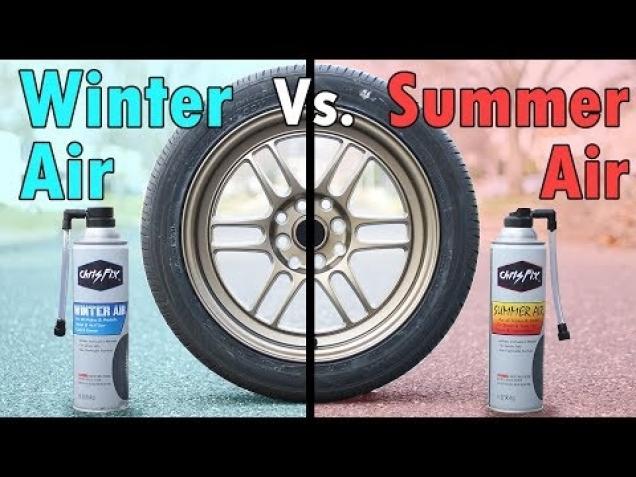 If not, check out my quick guide to learn for yourself. Either way, we all learned that tires will go flat and that’s a big problem.
If not, check out my quick guide to learn for yourself. Either way, we all learned that tires will go flat and that’s a big problem.
A flat tire occurs when something punctures your tire deep enough. If there’s a hole in one of the plies of your tire, then air will be able to escape, and pressure will be lost. Remember, the goal of these plies is to create an air-tight place for pumped-in air to live in your tires.
In general, the tread of your tires is pretty strong. A piece of gravel or hard rock probably isn’t going to puncture your tire deep enough to make it go flat.
Instead, it’s things like nails, screws, and broken glass on the road that can cause a flat tire. All it takes is a deep-enough puncture, and air will start escaping from your tire. Even a tiny hole can flatten your tire over enough time.
If you live in a state where the weather changes noticeably from season to season, you already know that your tires need to be refilled a few times each year.
This is due to the chemistry inside your tires. When temperatures rise, air particles get bigger and more energized. This raises tire pressure and causes your tires to expand. When temperatures drop, the air particles compress, lowering the tire pressure and shrinking your tires.
If you go through a few cycles of hot-to-cold temperatures, then your tires will be underpressurized and they’ll need a quick fill-up.
I just explained a little bit about a flat tire and how your tires need air sometimes. Now, let me give you some examples and questions to ask yourself to tell if your tire is flat or just needs air.
The most common reason why your tires need air is because of a change in temperature. If you want to quickly rule out a flat tire, take a look at the calendar and check the temperatures over the past week or so.
If they have been fluctuating a lot and it’s near Winter, then it could just be a matter of chemistry tanking your tire pressure.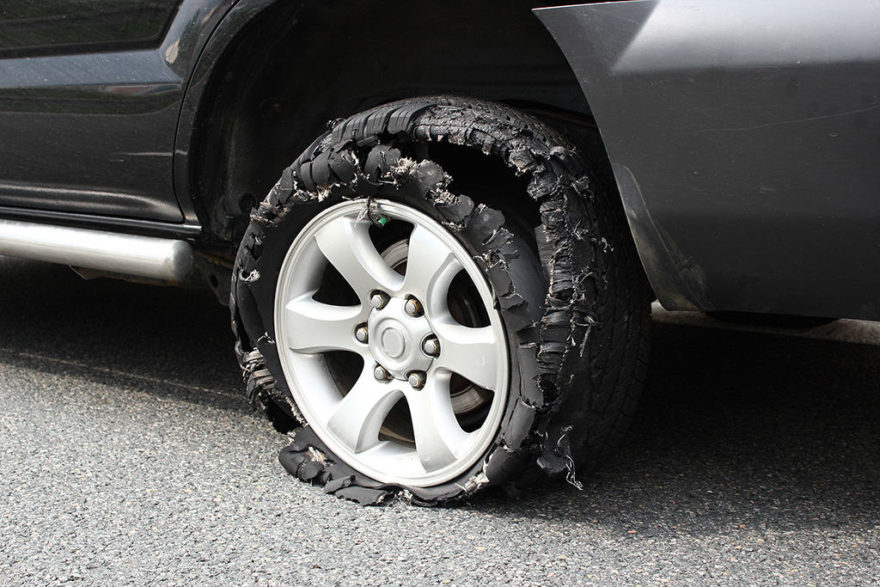
This will happen when your tires get especially cold.
If all four tires are low at the same time, there are two options: either someone really dislikes you and slashed your tires, or the cold air got to your car.
It’s very uncommon for all four tires to pop at once while driving unless you went over a spike strip or did something really bad in your car.
In cases where more than one tire is low, there’s a good chance that you can thank Mother Nature.
The way that I personally tell if a tire is flat or just needs air is to take a quick drive.
If your tire just needs air, your air pressure will go up as you drive. Driving creates friction and heats up the rubber in your tire. As it heats up, the air expands and increases the pressure in your tire. This only happens when the tire is fully sealed and doesn’t have a hole.
If your tire is punctured, then driving around will either have no change on your tire’s PSI or it will lower it even further. As the gas expands, it will just travel out of the puncture even faster.
As the gas expands, it will just travel out of the puncture even faster.
You’ll only be able to do this if you have a safe route to drive near your house. There’s a chance that you can get stranded if your tire is flat and the air keeps escaping, flattening your tire further — so be careful when you use this method.
Even if you don’t have a flat tire, it doesn’t hurt to add a little bit of air just to get your tire pressure up.
If you have a problem tire that you keep refilling, there’s definitely a puncture somewhere. I mentioned it earlier, but even a tiny hole in your tire will break the air-tight nature of your car and allow the PSI to drop. It might not happen in a few hours, but it could take a few days to drop your PSI again.
In this case, it’s technically a flat tire. The only difference is that the hole isn’t big enough to drop your PSI as dramatically as you’d expect. I would still suggest checking out your tire and looking for the puncture.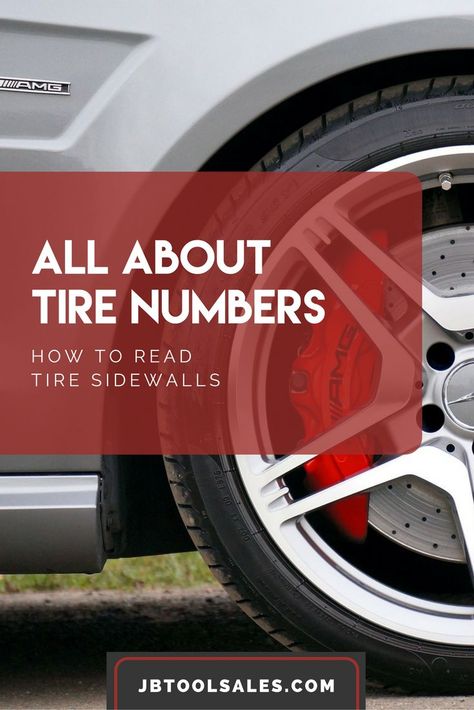 You can either patch the hole or replace the tires.
You can either patch the hole or replace the tires.
With seasonal changes, your tires will only drop a few PSI below the manufacturer’s suggested values. For instance, you might notice that your front tire is 28 PSI and it’s supposed to be 32. Not a huge difference, but you still need to add more air.
Rhino USA Heavy Duty Tire Pressure Gauge (0-60 PSI) – Accurate, Large 2 in.
Rhino Tire Pressure Gauge (0-60 PSI)Based on some other troubleshooting, a small difference like this is likely due to just the weather.
If you look at your tire and you get a reading of 14 PSI, then there’s no way that’s related to temperature. That’s a flat tire. Whenever you have a big drop in PSI like this, then you can rule out anything but a flat tire.
The best way to tell if you have a flat tire is to take off the tire and inspect it. A flat tire has some sort of puncture somewhere.
If you don’t see a puncture, you can use the bubble test.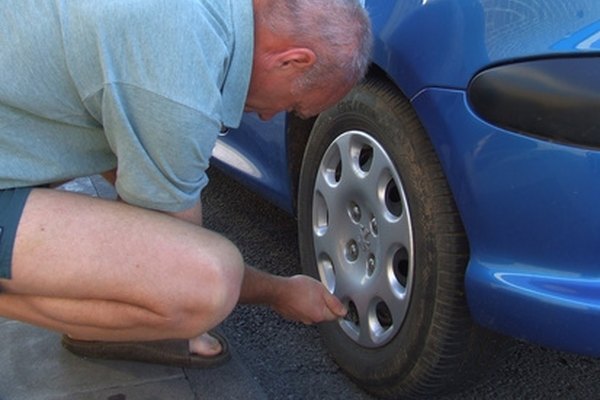 Fill a spray bottle with water and a little dish soap. Shake up the bottle to combine them.
Fill a spray bottle with water and a little dish soap. Shake up the bottle to combine them.
Grab the spray bottle and spritz it all over your tire, focusing on the tread. If there’s an air leak, there will be a lot of bubbles in the area, and you’ll see the motion as the escaping air produces more bubbles.
What if you don’t find the puncture? It doesn’t necessarily mean that there isn’t a puncture, just that it’s so small or in an obscure place.
If you determine that the loss of pressure is due to a flat tire, don’t waste any time. If the puncture is anywhere along your tire’s sidewall, there’s a chance the tire will explode. This is called a tire blowout, and it’s devastating for your car.
AUTOWN Tire Repair Kit – 67pcs
AUTOWN Tire Repair KitAny puncture results in a loss of structural integrity in your wheel. Some hole locations are a lot worse than others, but none of them are good. Once you find out you have a puncture, drop everything and fix it.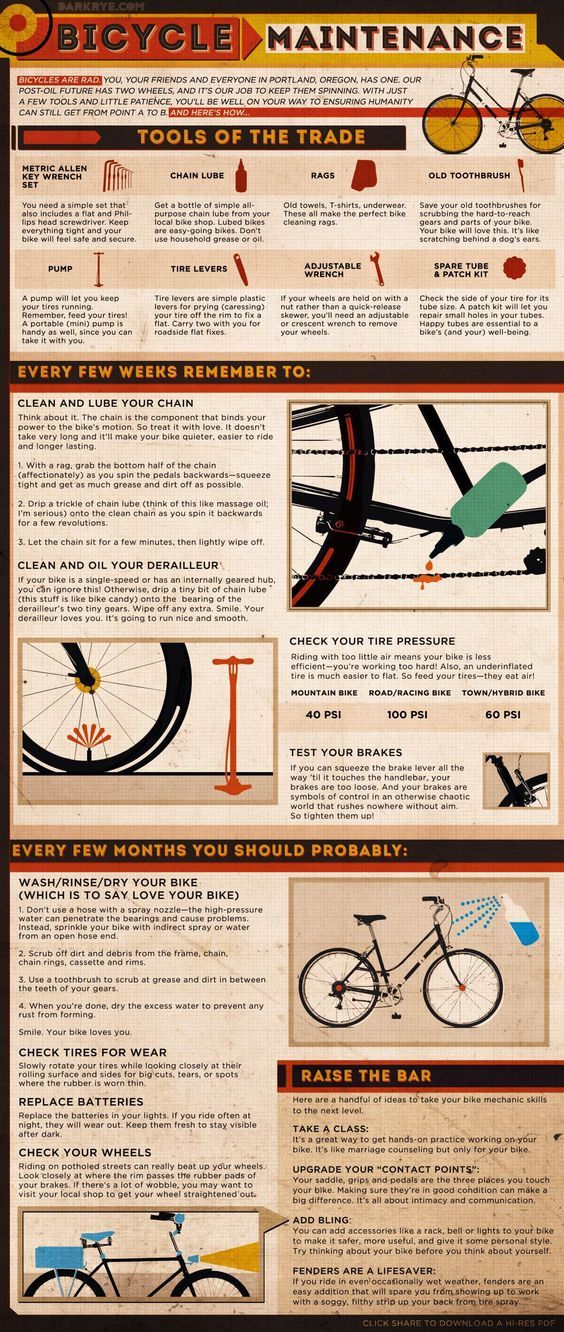
Now you’re a tire expert. Refer back to this guide if you’re unsure if your tire is flat or just needs air. For more troubleshooting guides, refer to the rest of my blog. I also have a list of products that can help you out, so take a look.
Your subscription could not be saved. Please try again.
Welcome to Motor Hills!
To provide smooth balance and support, your car’s tires must always have enough air to handle the many surfaces you may drive on. Without enough air to reinforce the tire, you’ll face a higher risk of poor fuel economy, flats, blow-outs, and other issues that may require costly auto repairs. Fortunately, it’s fairly easy to tell if you’re headed for trouble. If you’re concerned about underinflated tires, here are a few simple ways to determine if they need extra air.
A flat tire is the simplest way to tell if inflation is needed. Usually, the best way to detect a flat is to do a quick spot check before you drive. However, you might also have a flat if you find that it’s difficult to reach certain speeds or hear odd sounds coming from under the car.
Using a digital pressure meter, occasionally check your tires see if the air pressure is at the manufacturer-recommended level. If you have a newer vehicle, your car’s dashboard may also display a warning light when your tire pressure has dropped too low.
Tires gradually lose air pressure as the temperature drops. As such, you may want to check your air levels any time your car is exposed to sudden decreases in temperature. While the amount may be minimal, replacing the lost air will improve handling on winter roads—especially if you encounter ice and snow.
When there isn’t enough air to reinforce the tire’s exterior, the rubber will become more susceptible to vibration.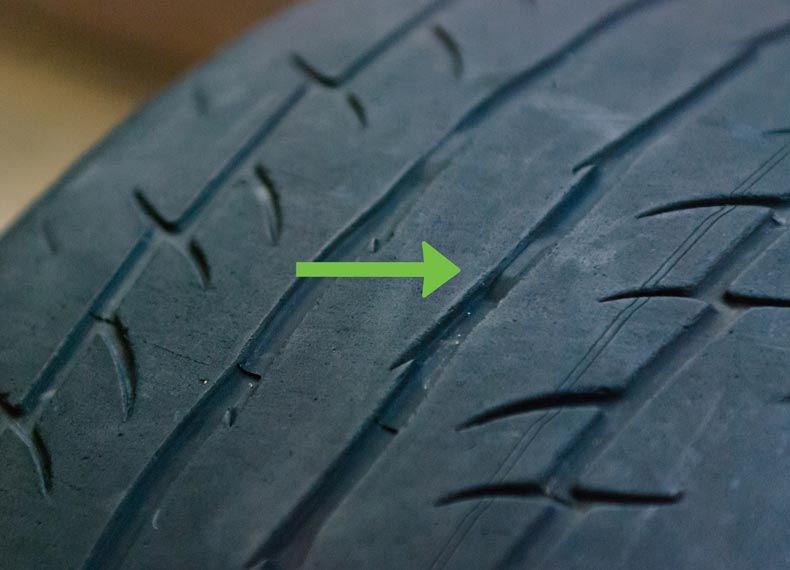 If this happens, your steering and handling may suffer. You might also feel shaking when you drive—especially at higher speeds. Since vibration is also related to other common auto repair issues—such as suspension damage—it’s best to have the problem looked at by a mechanic as soon as possible.
If this happens, your steering and handling may suffer. You might also feel shaking when you drive—especially at higher speeds. Since vibration is also related to other common auto repair issues—such as suspension damage—it’s best to have the problem looked at by a mechanic as soon as possible.
It’s estimated that for about every PSI lost in tire pressure, your car will experience a .2% drop in fuel economy. If your wheels are losing a considerable amount of air, you might end up having to fill up on gas more often until you reestablish proper pressure levels.
When adding air doesn’t help address your pressure problems, turn to the wide inventory of high-quality products offered by Oak Hollow Tire Car Care Center in High Point, NC. As an ASE®-certified auto repair shop and tire dealer, this provider will connect you to the best solution for your wheels—including selections from Bridgestone®, Firestone®, and Fuzion®. In addition to tire replacement, these mechanics also offer many other services to help you maintain a smooth ride—including tire rotation and wheel alignment. For more details on their affordable car maintenance and repair options, visit this shop online. To schedule service or inquire about available inventory, call (336) 841-6553.
In addition to tire replacement, these mechanics also offer many other services to help you maintain a smooth ride—including tire rotation and wheel alignment. For more details on their affordable car maintenance and repair options, visit this shop online. To schedule service or inquire about available inventory, call (336) 841-6553.
Auto Body Repair
Oak Hollow Tire Car Care Center Inc.
2410 Eastchester Dr., High Point, NC 27265
CALL US+1 (336) 841-6553CALL US+1 (336) 841-6553
VIEW BUSINESS PROFILE
Tire pressure significantly affects driving parameters: comfort, car handling, economy and safety. It is important to maintain the pressure recommended by the manufacturer and check it regularly. Let's figure out how to do it right.
When driving on asphalt, incorrect tire pressure (both high and low) leads to a decrease in the contact patch with the road.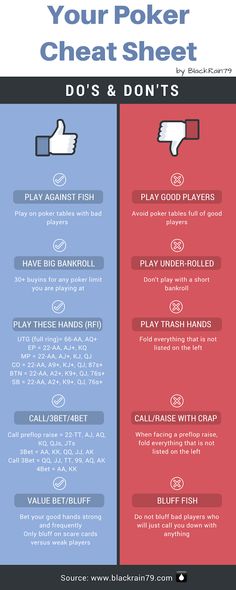 An overinflated wheel clings to the surface only in the central part, which leads to its rapid wear. A poorly inflated tire, on the contrary, "sits" on the sidewalls, leaning on the shoulder areas of the tread and pushing the central part inward. Here's what it looks like:
An overinflated wheel clings to the surface only in the central part, which leads to its rapid wear. A poorly inflated tire, on the contrary, "sits" on the sidewalls, leaning on the shoulder areas of the tread and pushing the central part inward. Here's what it looks like:
Both under-inflation and over-inflation in tires create many problems for the driver.
1. Increased wear of the central part of the tire tread.
2. Reduced ride comfort, hardness of potholes and road bumps.
3. Increased load on the car's suspension due to reduced tire damping effect.
4. Risk of tire damage and herniation due to shock loading (getting into a pit or pothole).
5. Reduced control stability due to reduced contact patch.
1. Increased wear of the tread sidewalls (shoulder areas).
2. Severe deformation of the rubber when driving over bumps, which increases the risk of tire damage.
3. An increase in tire temperature, which threatens to delamination of the carcass and can lead to tire explosion at high speed.
4. Increased risk of hydroplaning on wet roads.
5. Risk of tire breaking.
6. Increased fuel consumption.
Reduced pressure hits the driver's pocket hard: a pressure drop of 20% (which is not uncommon: it is enough, for example, to deflate the wheels to 1.8 atmospheres instead of the manufacturer's prescribed 2.2) reduces tire life by 25-30% and increases fuel consumption fuel by 3%.
There is no universal tire pressure: it depends on the size of the tires, the characteristics of the car (primarily weight) and road conditions. Therefore, it is important to follow the factory recommendations, maintaining exactly the tire pressure that the engineers expected when designing the car.
The recommended pressure for your machine can be found in the operating instructions and on the sticker in the door frame. If, depending on the configuration, tires of several dimensions were installed on the car, then the pressure recommended for them may differ - look in the table for your exact wheel size. The manufacturer may prescribe an increase in tire pressure at the maximum load of the machine. For the spare tire (Spare tire), the required pressure is also indicated on a separate line - note that it is much higher than the standard one.
If, depending on the configuration, tires of several dimensions were installed on the car, then the pressure recommended for them may differ - look in the table for your exact wheel size. The manufacturer may prescribe an increase in tire pressure at the maximum load of the machine. For the spare tire (Spare tire), the required pressure is also indicated on a separate line - note that it is much higher than the standard one.
So, you have found the necessary pressure parameters, it remains to decipher them. In physics, pressure is measured in pascals, in real life - in anything: in bars, atmospheres, pounds-force, kilogram-force ... Drivers and tire workers usually use the term atmosphere, but such a unit is often absent on pressure gauges (pressure measuring devices) . Let's clear up this confusion.
Atmosphere is a non-systemic unit of measurement, approximately equal to atmospheric pressure on the surface of the Earth. Since it has become widely used, it was necessary to somehow equate it with correct physical units. For simplicity, one atmosphere is considered equal to one bar, one kilogram-force and one hundred kilopascals.
In addition to the technical atmosphere (at), there is also the physical atmosphere (atm), which is slightly larger. Again, for convenience, they are considered equal. But all these assumptions introduce an error, so if you need accurate tire pressure, measure it correctly - in pascals or bars. Moreover, manufacturers usually indicate the pressure in these quantities.
Imperial pounds-force (aka PSI, “psy”), popular in the USA, is more difficult to translate, here you can’t do without a calculator. In the table, we have collected together all pressure units with exact values, and also approximately brought them to each other to simplify calculations:
| Pressure units | |||||
| Pascal | Bar | Technical atmosphere | Physical atmosphere | PSI | |
| 1 Pa | 1 N/m² | 10-5 | 10. | 9.8692•10-6 | 145.04•10-6 |
| 1 bar | 105 | 1x106 dynes/cm² | 1.0197 | 0.98692 | 14.504 |
| 1 at | 98066.5 | 0.980665 | 1 kgf/cm² | 0.96784 | 14.223 |
| 1 bar | 101325 | 1.01325 | 1.033 | 1 bar | 14. |
| 1psi | 6894.76 | 68.948•10-3 | 70.307•10-3 | 68.046•10-3 | 1lbf/in² |
It is advisable to check tire pressure daily, before driving. But this is only possible with a very measured rhythm of life. In reality, checking at least once a month is already an excellent indicator for the average driver. But before traveling a long distance, checking the pressure and visual inspection of tires and rims should be done in any case.
It is necessary to measure the pressure in cold tires, that is, before driving. During driving, the tires heat up, which increases the pressure by about 10%. Therefore, never release supposedly excess air from hot tires: after cooling, the pressure will be below normal.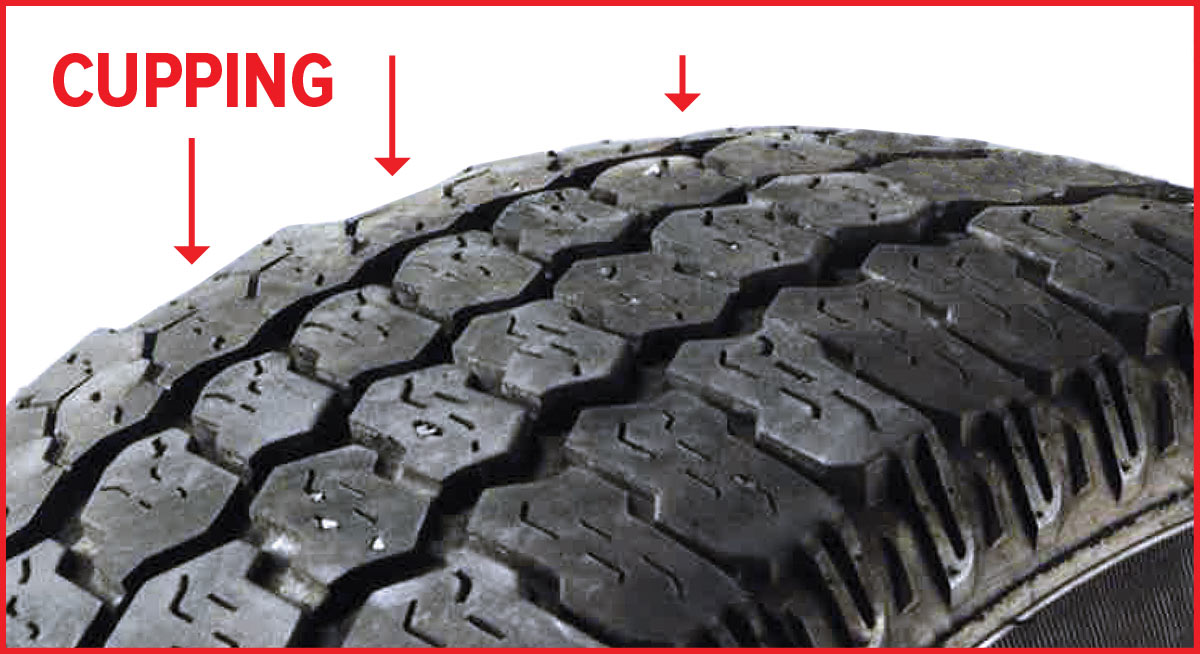 If you had to inflate a hot tire during a trip, inflate it 10% more than the nominal value, and check the pressure again when the wheels have cooled down - no earlier than 3 hours after stopping.
If you had to inflate a hot tire during a trip, inflate it 10% more than the nominal value, and check the pressure again when the wheels have cooled down - no earlier than 3 hours after stopping.
Always check the pressure in all tires. Different tire pressures seriously affect handling and can cause the car to pull to the side. Do not forget about the "spare tire": it should always be inflated in case of an unexpected wheel change on the road.
For long-term driving at high speeds (more than 160 km/h), car manufacturers advise increasing tire pressure by 0.2-0.4 bar from the recommended value. This will slightly improve the handling of the car, although it will negatively affect comfort. But such advice is relevant for driving on high-speed autobahns, and not for everyday urban use, especially in Russia.
Before a long trip on a dirt road or a road with a muddy surface (mud, snow), it is reasonable, on the contrary, to reduce the pressure in the tires - this will improve the grip. In summer, it is worth limiting yourself to reducing pressure by 5-10% of the nominal value, and in winter - by 10-15%.
The pressure in low-profile tires (especially non-standard sizes) must be monitored especially carefully. Low profile tires have two features: a low sidewall (profile) height and a large rim diameter. If the tire has the correct air pressure, only the tread is in contact with the road. Low pressure causes the sidewall of the tire to bend, causing it to touch the roadway and wear out quickly, up to complete abrasion. And punching a low-profile tire in a pit at low pressure is much easier.
When inflating low profile tires, you need to focus on the pressure indicated for a full load of the machine and the maximum allowable pressure for a particular tire. It is indicated on the sidewall, next to the inscription max pressure, in one of the accepted units of measurement: kilopascals (KPA), bars (BAR) or pounds-force (PSI).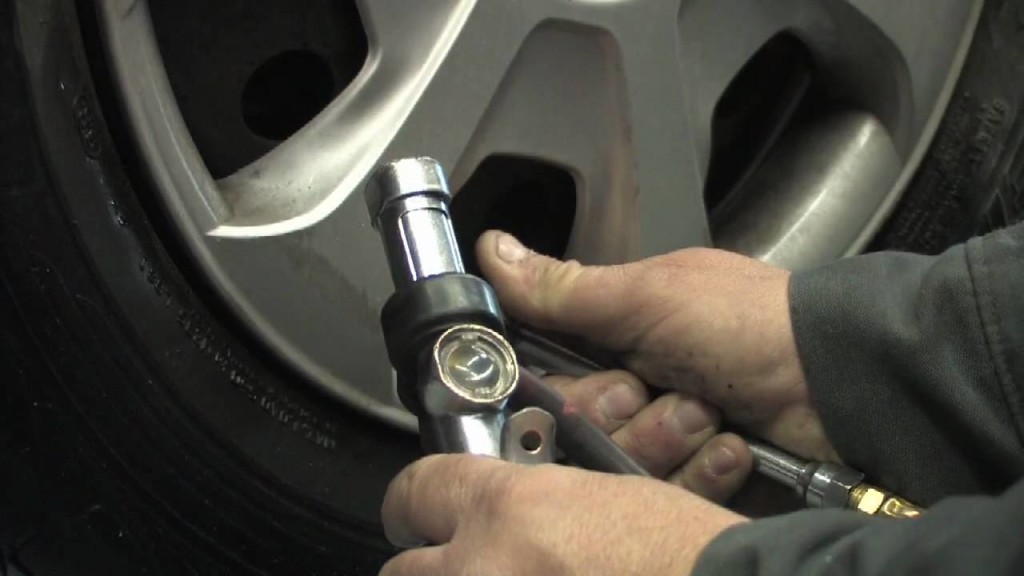
Modern cars equipped with sensors in tires and a TPMS (Tire pressure monitoring system) pressure monitoring system themselves monitor the pressure in each wheel and signal deviations, which is very convenient. If there is no such system in the car from the factory, you can install it yourself.
But the old manual measurement methods are still in use. Firstly, any modern car compressor is equipped with a pressure gauge: by inflating the wheel, you immediately control the pressure.
Secondly, there are compact hand-held pressure gauges: no need to unpack and connect the pump to check the pressure, and the measurement accuracy of such a pressure gauge is usually higher than that of a built-in compressor instrument. There are also modern digital pressure gauges on sale that allow you to switch pressure units on the fly and save readings in memory, which is very convenient.
Finally, if you want to entrust all maintenance of the car to professionals, you can use the services of tire fitting.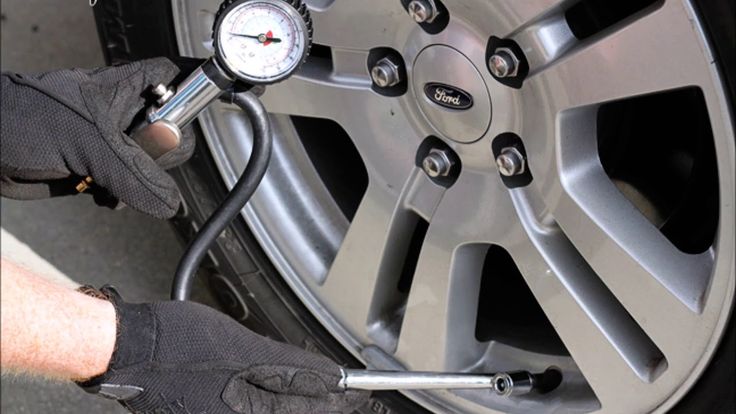 In Hyperauto car services equipped with tire fitting areas, experienced mechanics will accurately measure and correct tire pressure, assess the condition of the tire tread and perform any other work with the wheels.
In Hyperauto car services equipped with tire fitting areas, experienced mechanics will accurately measure and correct tire pressure, assess the condition of the tire tread and perform any other work with the wheels.
What should be the pressure in the tires of the car? Does it need to be adjusted and what will happen if the pressure is changed in one direction or another?
- I have a wheel, I have a wheel!
— Absolutely?
— No, only from below…
Humor from the Net
Let's start with platitudes. The pressure must be as specified by the vehicle manufacturer. And since the average modern driver usually does not have such information, especially for him, a "cheat sheet" with the necessary numbers is hung on the middle pillar on the driver's side or on the gas tank hatch cover.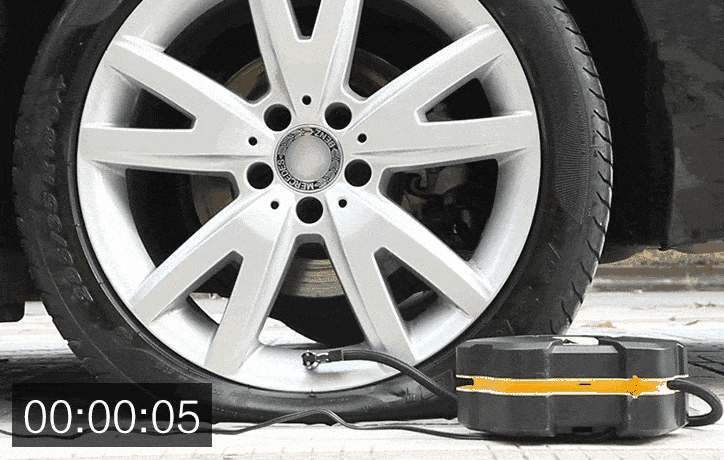
A relatively rare solution: the "reminder" is located on the gas tank flap.
A relatively rare solution: the "reminder" is located on the gas tank cap.
An important point: pressure should be measured only on cold tires. By the way, especially for pedants: cold tires are those on which the car has been without movement for at least 5 hours.
This "cheat sheet" nestled on the driver's door. An example of how tire pressure recommendations change depending on tire size.
This "cheat sheet" nestled on the driver's door. An example of how tire pressure recommendations change depending on tire size.
Since car manufacturers allow the use of tires of different sizes, the pressure may also be different. In addition, the pressure in the front and rear tires has the right to both differ and be the same.
And there is no difference in the recommendations: what is in front, what is behind is the same.
And here there is no difference in recommendations: what is in front, what is behind is the same.
Related materials
Seasonal tire change: everything car owners need to know
Reduced pressure leads to an increase in tire deformation, its greater heating during wheel rolling, and accelerated wear of the outer tread tracks. Perhaps even a violation of the integrity of the frame. As a result, fuel consumption increases. If you hit a hole in the road, the likelihood of damage to both the disk and the tire is higher.
Increased pressure is an overstrain of the cords, increased wear of the middle part of the tread. In addition, when driving on a bad road, the shocks that are transmitted to the suspension and body will become more noticeable for riders. When hit in a pit, the likelihood of a tire burst increases.
Uneven pressure on all four wheels is the worst thing! At the same time, the car, while driving, inevitably leads the wheels with lower pressure to the side - in fact, sideways movement begins.
Tube tires of the past required a weekly check, especially before the advent of butyl tubes. Then the pressure began to be checked less often, and nowadays, as a rule, they are limited to visual inspection.
Tube tires of the past required a weekly inspection, especially before the advent of butyl rubber tubes. Then the pressure began to be checked less often, and nowadays, as a rule, they are limited to visual inspection.
In a good way, you need to check the tire pressure at least once a month. And before a long journey - just a must.
Related materials
Budget Tire Compressor Test: Wrong Bees
The air pressure in an enclosed space changes by approximately 0.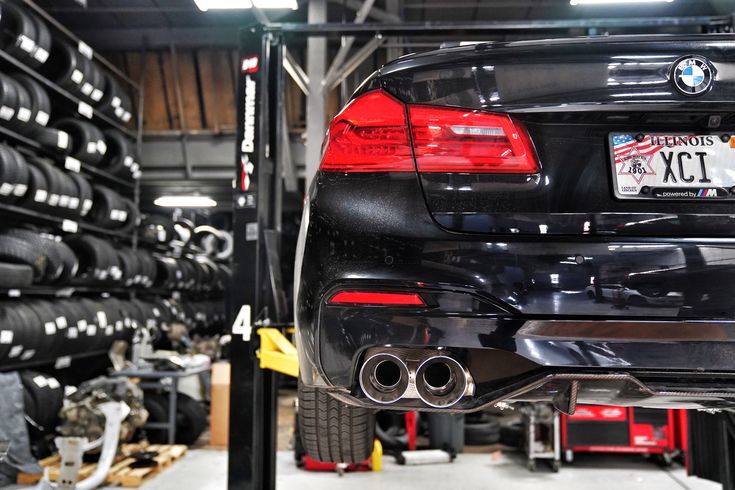 1 bar for every 10 degrees of temperature change. This allows, having installed summer wheels in April, not to worry about the pressure in them until the end of August, when the air temperature begins to drop. Having pumped up the wheels at the end of summer, you can already reach the seasonal shift. But having installed winter tires in October, with the first frosts, you should check the pressure a couple more times: when the temperature drops to minus ten, fifteen, and when it goes over minus twenty. But from the middle of winter until the moment of changing the wheels to summer ones, there is again a period of relaxation.
1 bar for every 10 degrees of temperature change. This allows, having installed summer wheels in April, not to worry about the pressure in them until the end of August, when the air temperature begins to drop. Having pumped up the wheels at the end of summer, you can already reach the seasonal shift. But having installed winter tires in October, with the first frosts, you should check the pressure a couple more times: when the temperature drops to minus ten, fifteen, and when it goes over minus twenty. But from the middle of winter until the moment of changing the wheels to summer ones, there is again a period of relaxation.
Electronics are increasingly thinking for us. Now, a tire pressure monitoring system is being installed on parts of production cars. Moreover, some simply read the wheel speeds through the ABS sensors: after all, a flat tire rotates faster, since its radius is smaller than that of inflated wheels. There are also sensors that evaluate the amount of air pressure and send information via radio to the "brains" of the car. Such devices can also be purchased separately: sensors - in the wheels, and the receiver - in the car.
Such devices can also be purchased separately: sensors - in the wheels, and the receiver - in the car.
By the way, a lot depends on the road you are going to take.
The owner's manuals supplied with the vehicles indicate that it is recommended to increase the pressure by 0.2-0.3 bar before driving for a long time on expressways. We advise you to follow these recommendations on all cars: it will not get worse.
The operating instructions supplied with the vehicles state that it is recommended to increase the pressure by 0.2-0.3 bar before driving for a long time on highways. We advise you to follow these recommendations on all cars: it will not get worse.
I don’t want to discuss overload: this, you see, is not the case. But, unfortunately, many deliberately overload the car several times a year, not only stuffing the interior and trunk to the eyeballs, but also attaching a trailer, which additionally loads the rear wheels of the tractor. In such cases, we advise you to increase the pressure in the rear tires by at least 0.2–0.3 bar. Tires will only thank you.
In such cases, we advise you to increase the pressure in the rear tires by at least 0.2–0.3 bar. Tires will only thank you.
If you doubt the accuracy of your pressure gauge, then we advise you to check it immediately after leaving the tire shop, where you were set the obviously necessary pressure, to measure it with your own measuring device (separate or as part of the compressor). So you determine whether your pressure gauge is "lying" a lot. For the future, right on the dial, you can put a mark of the correct value.
Of course, it is better to have your own, known to be correct pressure gauge, but such a toy is not cheap.
Of course, it is better to have your own, known to be correct pressure gauge, but such a toy is not cheap.
If terrible ice caught you on summer tires, say, in the country, and you need to drive some distance along an absolutely icy road by any means, then you should reduce the tire pressure to approximately 1.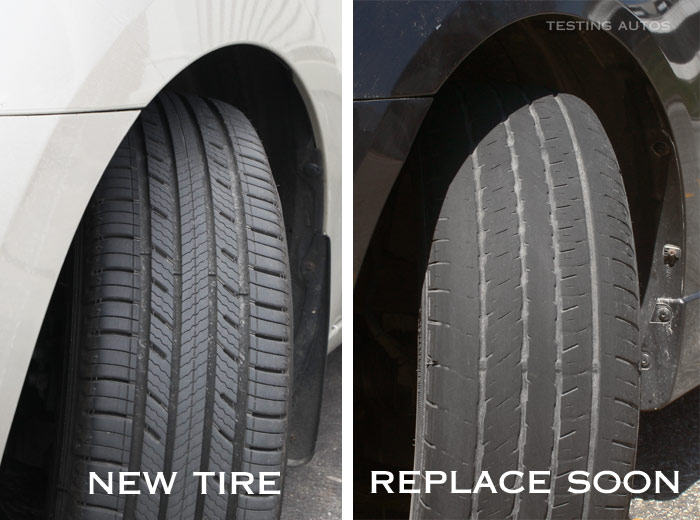 6 bar. Is it bad for tires? Yes. But an accident will cost more. In addition, in such a situation, one does not have to wait for high speed, and overheating of tires at near-zero temperatures most likely will not happen.
6 bar. Is it bad for tires? Yes. But an accident will cost more. In addition, in such a situation, one does not have to wait for high speed, and overheating of tires at near-zero temperatures most likely will not happen.
Everyone knows what caused the excellent maneuverability of Soviet tanks? That's right: wide tracks, that is, low pressure on the ground. We, having an ordinary, non-all-wheel drive car, are also able to provide it with a similar cross-country ability. If the wheels of the car sink into sand, snow or sticky mud, then it makes sense to lower the tire pressure. And not only driving, but also driven wheels.
We know from experience that it is often possible to get out of the "black spot" by reducing the pressure to 1.2 bar.
We know from experience that it is often possible to get out of the "black hole" by reducing the pressure to 1.2 bar.
In a very critical situation, if you know that you have a fairly narrow disc and a relatively wide tire (such a wheel has a lower chance of self-disassembly), you can reduce the pressure to 1. 0 bar.
Stalled on wet grass? Try to relieve pressure.
Stalled on wet grass? Try to relieve pressure.
Pressure reduction is also useful in other cases - for example, to overcome diagonal hanging. If you reduce the pressure in the wheels on which the car rests, their height will decrease and there will be a chance to “hook” on the suspended wheels. Of course, if the car has already laid down on the bottom, then it is too late to reduce the pressure - this will only interfere.
A concrete example of the effect of pressure on flotation. In this case, the pressure is very low, and the contact patch of the wheel with the coating is much larger than that of a conventional car.
A concrete example of the effect of pressure on patency. In this case, the pressure is very low, and the contact patch of the wheel with the coating is much larger than that of a conventional car.